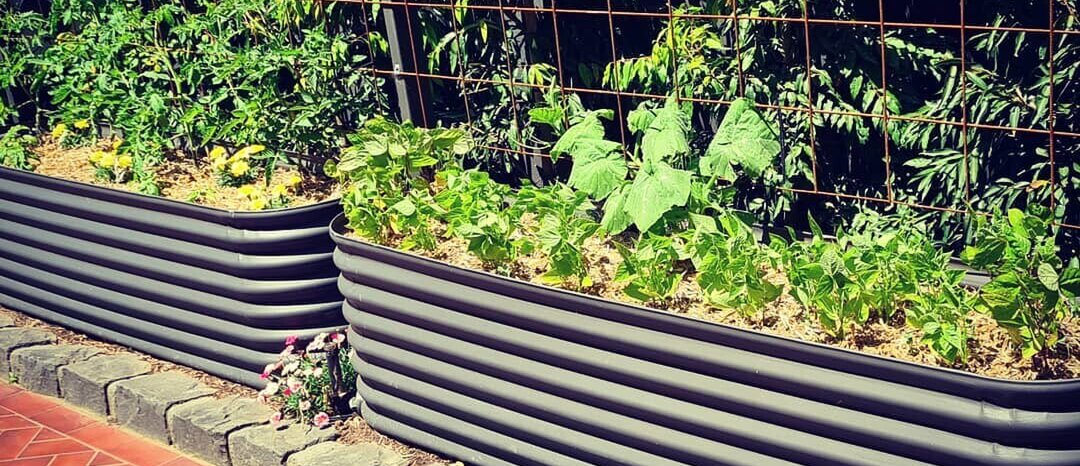Hügelkultur
I accidentally stumbled across a relatively unknown (despite being an ancient form of gardening) method using raised garden beds. Admittedly this form of gardening most likely didn't utilise corrugated iron raised beds back in the day like I do, but the principle remains the same.
So what is Hügelkultur?
Basically it is building a raised garden by layering timber: beginning with large logs/blocks, then stacking gradually smaller and lighter timber until you get down to leaves and bark. This is then buried and planted out. As time goes by, the timber decomposes thus enriching the soil your plants are growing in.
What I did:
I had made up an odd shaped garden bed because I was asked if I could do so (a plus sign was the request). I did with the prototype what I often did with odd bods back then, and found a spot in what I am calling "The Old Display Area" to set it up. As I often do, I cheated a bit to save time and soil (and get rid of something I didn't want) by bulking out the bottom; putting some logs that were too rotten to use in a fire at the base. I also raked up all the wood chips and tipped them in as well for good measure. I then went about top filling the bed with compost and planted out a watermelon in it.
It grew amazingly well but I hadn't joined the dots as to why this was back then.
Recently I stumbled upon hügelkultur via social media and it clicked to me just why that watermelon did so well - I had accidentally replicated this form of gardening.
So to the here and now:
I relocated my "+ sign" garden bed into this new display area I am building (digging out the old soil and seeing first hand what the breakdown looked like when I did so), this time deliberately setting up this bed as a hügelkultur system. The way I had seen it done on the video was neatly stacked logs on end with large limbs crossing and then lighter limbs layered at right angles across these limbs and finally twigs laying across those smaller sticks. I decided to replicate nature more as is my way. I just sort of tossed the blocks in without any order, then roughly piled lighter timber over this and finished off with some straw, which I shoved into the larger gaps, as well as scattering a layer over the top and then topped it up with compost. I added another light layer of straw to the top as a mulch and planted it out.
Time will tell how successful my deliberate attempt is. If it is anywhere near as good as my accidental one then I should be in with a good show!
I'll revisit my adventure around Easter to see how it fared, then keep track over the year (and beyond) comparing the other beds I am setting up.
